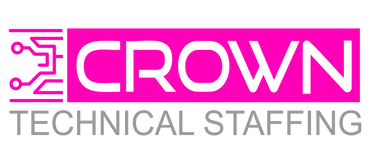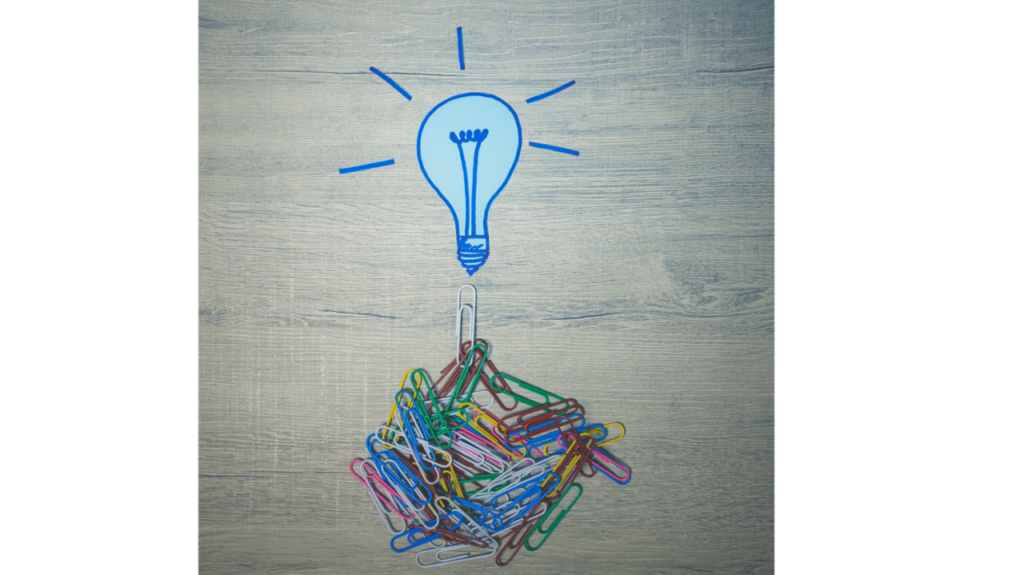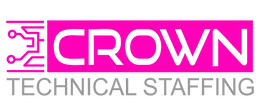Welcome to another edition of “Engineering 365”. Over the past decade, the insights and conversations I’ve gathered in the Manufacturing and Engineering recruitment space have shaped many of the topics in this newsletter. This edition is no exception.
Recently, I had a conversation with the VP of Engineering at an Oil & Gas company, who shared a critical team-wide challenge:
VP: “So, it’s easy for us to find entry-level talent. Folks starting in their career that have the desire to grow and develop into leadership roles. We also don’t have any issues finding “senior talent”. Folks who are 55+ that were previously retired, forced out due to staff reduction, redundancy/reorg with a former employer, but, they have a ton of industry knowledge and want to find one last employer before they retire.”
VP: “It’s the folks with 7-15 years of industry experience, late 30’s to mid 40’s, who can bridge the gap between the lack of knowledge of a newbie and the employers who have about 5 – 10 years left on the tail-end of their employment career, that’s the demographic we have a hard time retaining and finding.”
The essence of this challenge is not in finding strategies to constantly fill in the mid-career gap, but, in finding a way to engage the early career employees so that they transition and become the ones who stick around and evolve into the managers and leaders that are void in many organizations.
In this edition of “Engineering 365” let’s explore the concept of generational diversity, as it has emerged as a crucial aspect of organizational strategy. As companies manage the complexities of a workforce that spans from the Baby Boomers (1946 – 1964) to Generation Z (1997+), understanding and leveraging the unique strengths and differences of each group can lead to significant competitive advantages.
The Value of Generational Diversity
Generational diversity in the workplace refers to the presence of employees from multiple age groups, each bringing distinct experiences, values, and perspectives to the table. This diversity can enhance creativity, drive innovation, and improve decision-making processes within an organization by merging traditional approaches with modern insights.
Key Insights on Generational Diversity
Minimal Impact on Core Motivations
- Research has consistently shown that despite the variances across generations, the fundamental job motivations—such as the desire for impactful work, opportunities for learning, and fair compensation—remain largely consistent. This suggests that while the approach to work may differ, the underlying goals are similar.
Digital Fluency Meets Deep Experience
- The younger workforce, particularly Gen Z, are adept at digital technologies and social media, making them invaluable in today’s tech-driven environment. Conversely, older generations bring in-depth experience and industry knowledge. Together, they create a powerful synergy that can drive a business forward.
Role of Learning & Development (L&D)
- L&D teams play a pivotal role in fostering this generational connectivity. Through targeted training and development programs, L&D can help each generation understand and leverage the strengths of their colleagues, promoting a more collaborative and innovative work environment. One effective strategy for promoting intergenerational collaboration is through mentorship programs, where seasoned executives can share their knowledge and expertise with younger leaders while also gaining fresh insights and perspectives from their mentees. For example, General Electric has established cross-generational mentorship programs that facilitate knowledge sharing and skill development across different age groups. Additionally, organizations can create cross-generational project teams and leadership development programs to facilitate knowledge sharing and skill development across different age groups. Another example is Toyota, which has implemented intergenerational teams in their manufacturing plants to combine the deep experience of older workers with the fresh perspectives and tech-savvy skills of younger employees. This approach has led to increased innovation and efficiency on the production line.
Strategies for Leveraging Generational Diversity
- Cultivate an Inclusive Culture: Move beyond stereotypes and recognize the individual strengths each employee brings. This involves training leaders to recognize and challenge their own biases.
- Design Flexible Communication Channels: Utilize a mix of traditional and modern communication tools to ensure all generations feel comfortable and engaged.
- Promote Authenticity and Inclusion: Encourage employees to bring their true selves to work, which enhances team dynamics and productivity.
Overcoming Challenges in Multigenerational Workplaces
Despite the benefits, integrating a multigenerational workforce is not without its challenges. These can include differing communication styles, varying degrees of technological proficiency, and conflicting expectations. However, by actively fostering an environment of mutual respect and understanding, companies can turn these potential obstacles into opportunities for growth.
Conclusion
The multigenerational workplace, if managed well, can be a source of inspiration and innovation. By embracing and integrating the diverse perspectives of all age groups, organizations can not only enhance their work culture but also drive sustained business success and turn this into a competitive advantage!
Here are 3 ways that we can help…
CTS carries out deep talent mapping, nationwide, to ensure our shortlists contain only the very best leaders for your Engineering and Manufacturing teams.
1. We help to attract and retain the best candidates, specifically for your team, in addition to the frontline leaders that you’ll need for growth and stability.
2. Reduce the cost of acquiring and training new hires by supporting and enhancing the efforts of your onboarding team for the first 90 days.
3. Provide a zero-risk and no-cost assessment of your hiring strategies with a 15-minute consultation.


